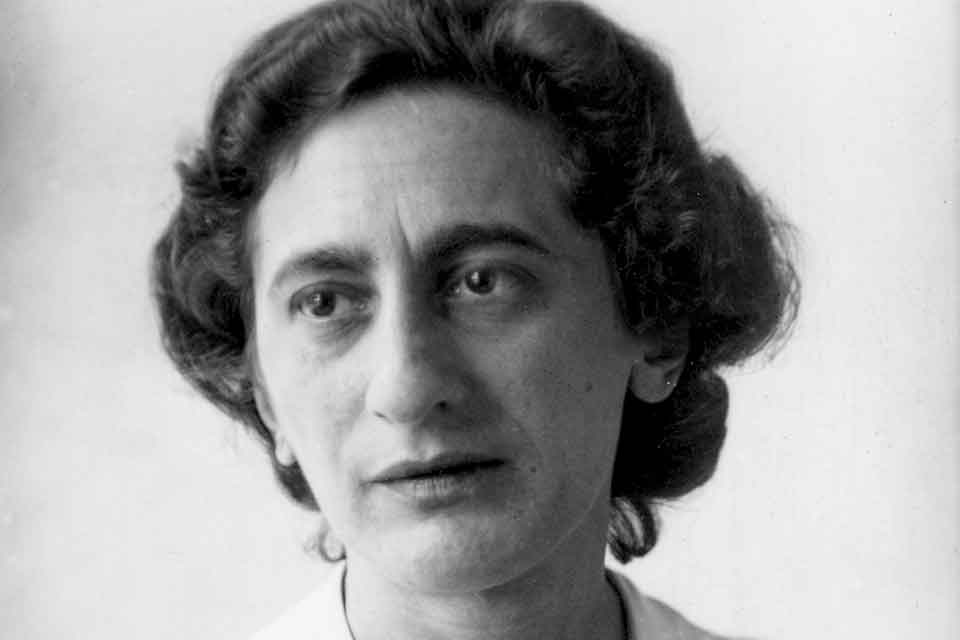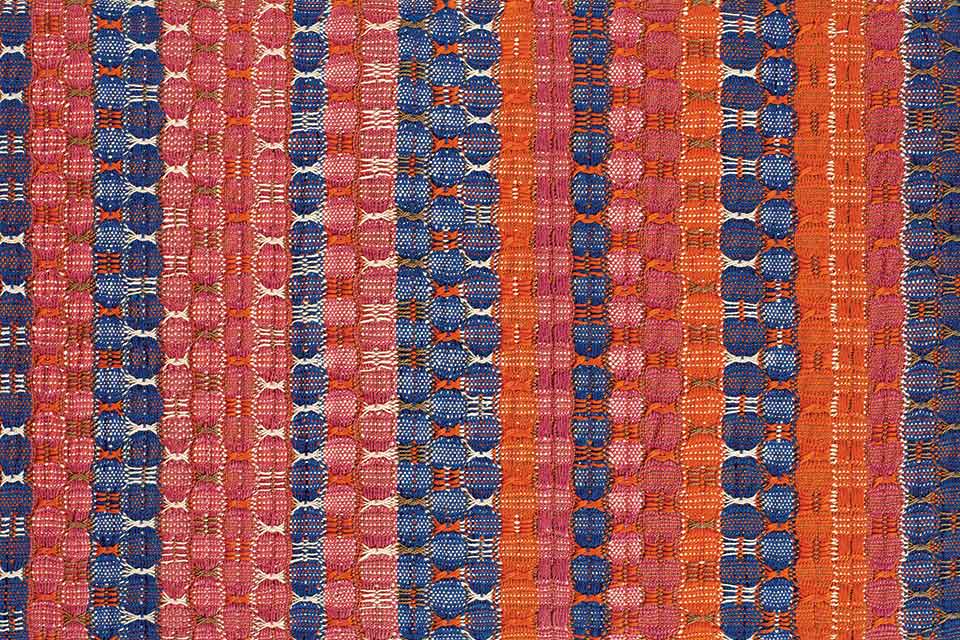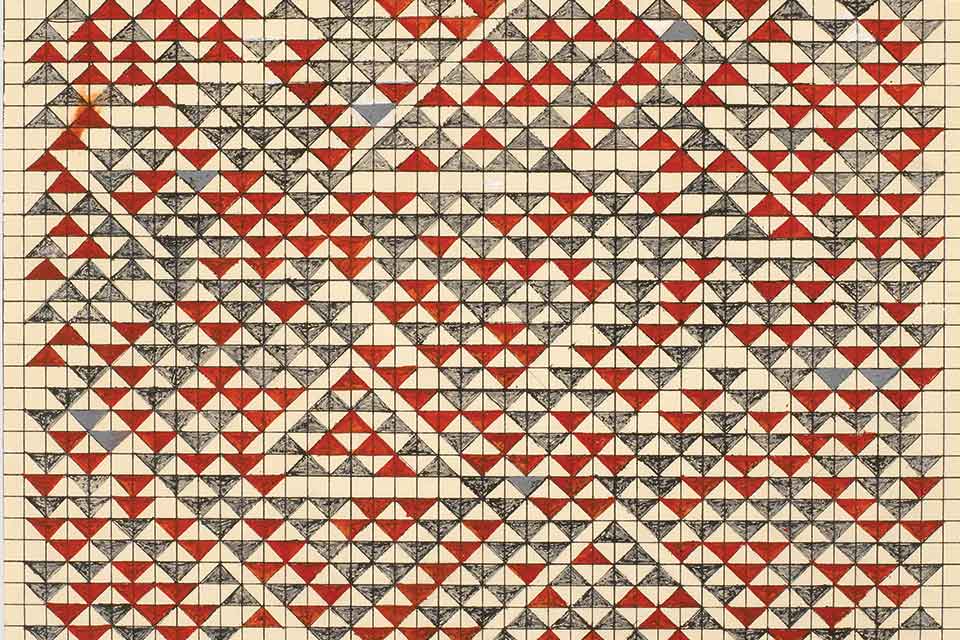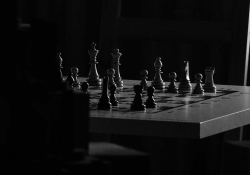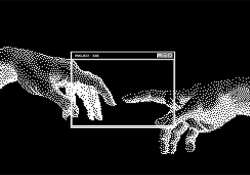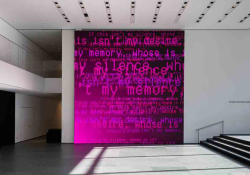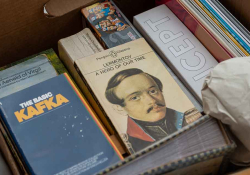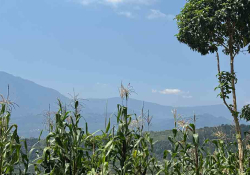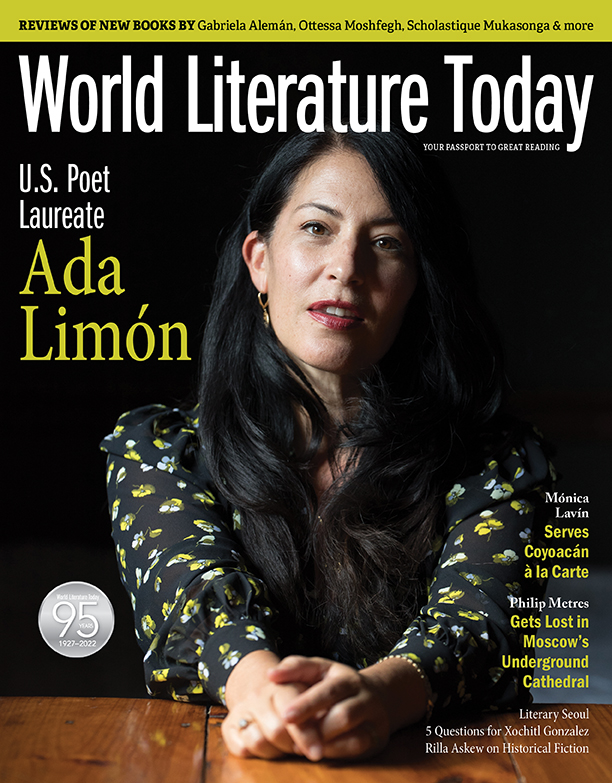Anni Albers, Her Textiles and Legacy
One of the most influential schools of twentieth-century art and design was known as The Bauhaus. Operating in Germany between 1919 and 1933 and bustling with experimentation in areas linking fine arts to industry, the pioneering modernist ideas the facility explored were no more exemplified than by its textile department. Anni Albers (1899–1994) was just one of a number of groundbreaking women who were pivotal to the success of this area of the school. Her revolutionary approach to design is one that has resonated through time for both her chosen practice and future female artists.
Born in Berlin, Albers became fascinated with art at a young age and began a period of study in painting. The artist later entered the Bauhaus, with an aim to consider her further training in specialist areas such as glass. Despite the progressive ideas of the school, women were hugely restricted in terms of the workshops they could enter. As textiles had gendered connotations, female artists were therefore directed toward practices such as weaving. Albers was understandably disturbed by her lack of choices, due not to any lack of ambition or talent but simply because of her sex.
Typically, at first at the school, areas such as textiles were given little support, value, or encouragement. Yet the dedication and innovative skills of the women who entered the department elevated the weaving workshop to one of the most venerated of the Bauhaus. Under the tutorage of Gunta Stölzl, who was already enhancing practices at the school, Albers began her studies with a heavy heart. However, weaving was an area in which she soon excelled. By the era of her marriage to fellow student-turned-tutor Josef Albers in 1925, she developed designs in her work that were trailblazing. Her experiments with geometric patterning and durable materials were already earning her commissions and a reputation as a groundbreaking new designer.
Despite this success, by 1931, in the age of a rising Nazi Party, ominous change was on the horizon for the Bauhaus and its artists. Stölzl, a rare female master at the Bauhaus who was married to a Jewish husband, resigned her post after being targeted by fascist thugs. Albers, in turn, took over the running of the weaving department in her absence. It was an unusual opportunity for a female artist to gain a prestigious post, yet it was also not to last. While continuing to create intriguing work, Albers, as a person of Jewish heritage, would soon have to flee in order to save not only her career but her life.
The Bauhaus was closed in 1933 by Nazi pressure, who viewed the establishment as degenerate. Anni and Josef escaped the country as the vicious anti-Semitism that would result in the Holocaust began to become sickeningly apparent. Settling in the United States enabled Albers to continue to develop and exhibit her weaving art. In fact, she became the first textile artist to have a solo show at New York’s Museum of Modern Art (1949). This paved the way for fellow female artists and their textile practices to become more recognized by the cultural establishment.
The German-US artist couple later founded the Josef and Anni Albers Foundation to aid others in their artistic vision. Anni’s personal legacy, however, is that of a hugely influential artist and designer who greatly promoted the textile art genre, despite the barriers women and the practice both faced. For all her endeavors and innovations, Anni Albers truly deserves her place in the (art) history books.
Lisbon, Portugal
Photo credits: 1. Anni Albers, n.d. Photographer unknown. Courtesy of the Josef and Anni Albers Foundation; 2. Albers Foundation/Art Resource, NY | Anni Albers (1899–1994) © ARS, NY | Red and Blue Layers. 1954. Pictorial weaving, 24 1/4 x 14 7/8 in. Photo: Tim Nighswander.; 3. Anni Albers (1899–1994) © ARS, NY | Study for Camino Real. 1967. Gouache on paper (blueprint graph), 17 1/2 x 16 in. Photo: Tim Nighswander; Dessau, Bauhaus | janine pohl, CC BY-SA 3.0 creativecommons.org/licenses/by-sa/3.0, via Wikimedia Commons.
